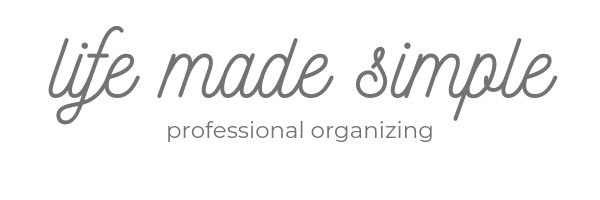Top 5 Tips for Organizing Kids Spaces
When I first started my professional organizing business, I was shy about marketing that I could organize kids spaces. I was nervous! I don’t have kids and it’s been a while since I was one. I didn’t want to seem clueless in front of a client when I didn’t know who a character was or what a toy was/did.
I also felt unfamiliar with how kids operated and thought. Would my organization or sorting make sense to them? What could they maintain?
I am proud to say I have learned so much in the last three years. I now am confident in organizing kids space s and my ability to think like a kid and know what they need, sometimes even more than a parent may!
My top tips for organizing kids spaces are:
Leave room for growth. Know that in organizing, you don’t need to fill every available space you have. If you have an empty bin or shelf, that’s okay! It’s actually best since it provides you the ability to grow or obtain more without the need to reorganize or create more space every time you acquire something new.
Don’t think too permanently. Just like kids, what they play with or love is constantly changing. Don’t get too permanent in your storage design (like investing in shelving that might not be appropriate for their things as they age) or labeling. Purchase items or add labels that can easily be manipulated when the time comes to change things up.
Declutter regularly. The only way you will be able to keep kids toys or crafting items at bay is to get into the routine of decluttering regularly. Kids bring home items from school, birthday parties, events - and they have holidays and birthdays of their own where they are constantly getting new trinkets and toys. To keep the clutter (both visual and physical) from getting to you, assess and donate regularly.
Consider their age group. Part of decluttering regularly is keeping up with what the kids are actually using and loving. Revisiting kids spaces to organize WILL happen because you have to keep up with them and their interests. Assess their things regularly to ensure what they have is age appropriate and you are storing/displaying it in a way that fits their age (toddlers will benefit from labels with pictures instead of words for example!).
Don’t get too specific. A great example here is Legos. Expecting kids to sort out Legos by colors in a container when they are done playing with the, is not going to happen! Sometimes keeping categories more generic with kids is best. Do it in a way that makes sense for clean up time.
Do you need a second set of eyes or hands in to tackle an organizing project in a kids space at your home? Tell me about your project by submitting a contact form!
